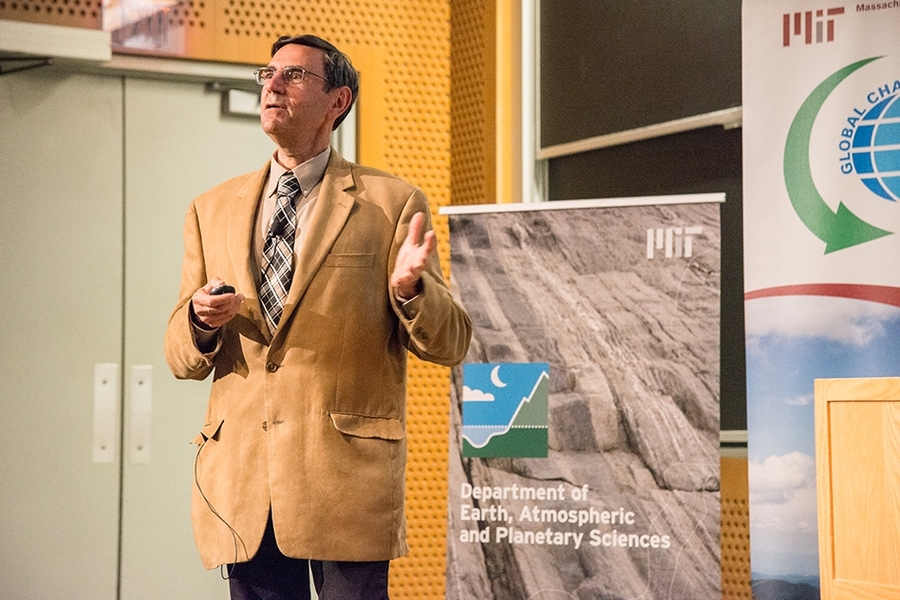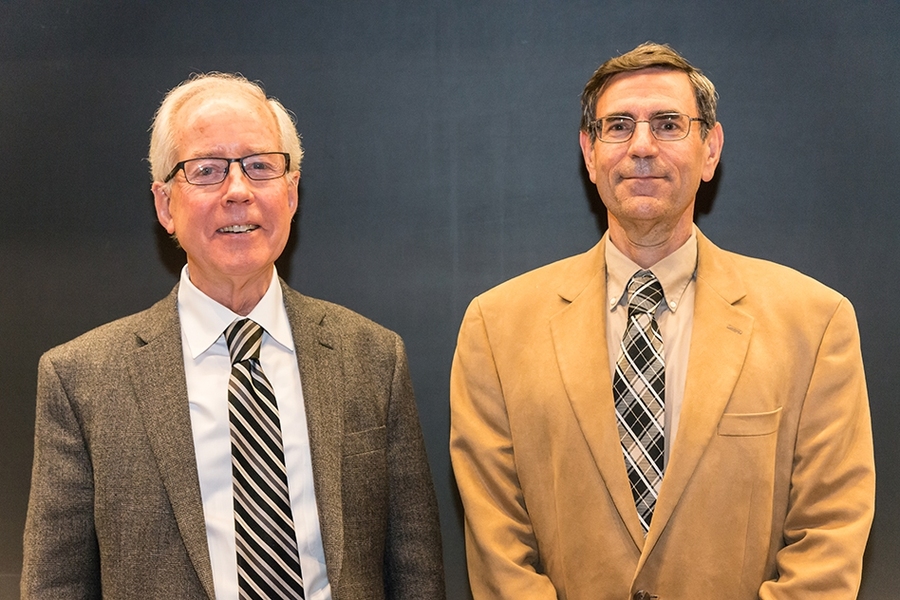When a 2013 report of the Intergovernmental Panel on Climate Change (IPCC) indicated that the Earth’s average surface temperatures had remained flat between 1998 and 2012, climate skeptics seized on this apparent “hiatus” as evidence that global warming is not happening. But two years later, a paper in the journal Science found that the IPCC report had relied on faulty global sea-surface-temperature records and insufficient measurements of temperatures in the Arctic, which has warmed faster than the rest of the planet. Using corrected global temperature records from the U.S. National Oceanic and Atmospheric Administration (NOAA) and data from new land-based monitoring stations that provided more extensive coverage of the Arctic region, the Science paper showed that global average temperatures had, in fact, continued to rise throughout the period in question, at more than twice the rate reported by the IPCC.
The lead author of the paper, Thomas Karl, examined the so-called hiatus and other climate data-driven concerns in the 16th annual Henry W. Kendall Memorial Lecture, “Climate Data: Mysteries, wonders, and reality,” which he delivered at MIT on April 18. An independent scholar and past director of NOAA’s National Climatic Data Center from 1998 to 2015, Karl served NOAA for 41 years with distinction, contributing his expertise in global change and climatology as a lead author and editor on each of the major IPCC assessments from 1990 to 2009, as editor of the Journal of Climate, and in over 200 scientific articles and books.
Karl attributed much of the now-discredited warming hiatus to a disproportionate expansion over the past few decades in the use of drifting buoys (rather than ship-based instruments and other monitoring devices) to measure sea-surface temperature. Measurements from these buoys contributed significantly to the NOAA data used in the 2013 IPCC report.
“The drifting buoys have grown remarkably in the number of observations ... and the ship observations have decreased a bit. So what you’re seeing is a changing mix of observations to measure sea-surface temperatures,” he said. “If you actually look at the sea-surface temperature anomalies relative to the device that was used ... the buoys were colder in contrast to the ship temperatures. If you’re going to combine data that’s increasing over time and is cold, you’re going to introduce a cold bias, and that’s what we had to correct for in the analysis, among other things. When that correction was applied, the hiatus largely disappeared.”
Since the 2013 report, NOAA and other research teams have used independent measurements to test the new corrections and have produced similar results. The ocean data have been supplemented with a more comprehensive database of land-based temperature measurements that provides significantly more coverage of the Arctic region where rates of warming are high.
“In 2015, when corrections [to sea- and land-based temperature data] were applied, the rate of warming was significantly higher,” said Karl. “There really wasn’t a strong case for a hiatus once the corrections were put in. Since the mid-1970s, the warming has been dominant, but certainly it is possible to find short periods, 2002-2009 for example, with little or no warming. These temporary episodes are not at all reflective of the overall change in the global temperature time series, which is one of unabated warming.”
Karl framed the warming hiatus controversy as a cautionary tale of the potential and limitations of climate observations. On one hand, he noted the wonders of climate data, including a global network of 24/7/365 sea- and land-based temperature and precipitation monitoring devices, from subsurface ocean instruments to geostationary satellites, that produce the data; a robust system of international cooperation that enables governments through the world to exchange the data; and a current global archive of approximately one exabyte (10^18 bytes) of data, the equivalent of about 1 million personal computers, that collectively document the state and changing state of the climate.
On the other hand, Karl shed light on several mysteries that lie behind this treasure trove of data — key factors about how it is collected and understood that impact its quality and usefulness. These include changes over time in how climate monitoring devices are calibrated, in observational methods and instrumentation (e.g., the shift from ship-based to drifting-buoy-based sea-surface-temperature measurements), in local environmental conditions where measurements are taken, and in how the data gets interpreted.
Throughout the lecture, Karl showed how the wonder and mystery of climate data come together in the reality of translating that imperfect data into calculations of how global average surface temperature and precipitation levels have changed in the late 20th and early 21st century.
“Our ability to detect changes [in the climate system] is related to our ability to better understand why those changes are occurring,” he said. “We know a heck of a lot, but there’s still much more to learn.”
The 16th annual Henry W. Kendall Memorial Lecture was sponsored by the MIT Department of Earth, Atmospheric and Planetary Sciences and the MIT Center for Global Change Science. The lecture series honors the memory of Professor Henry Kendall (1926-1999), a 1990 Nobel Laureate, longtime member of MIT’s physics faculty, and dedicated environmentalist. A founding member and chair of the Union of Concerned Scientists, he played a leading role in organizing scientific community statements on global problems, including the World Scientists’ Warning to Humanity in 1992 and the Call for Action at the Kyoto Climate Summit in 1997.







